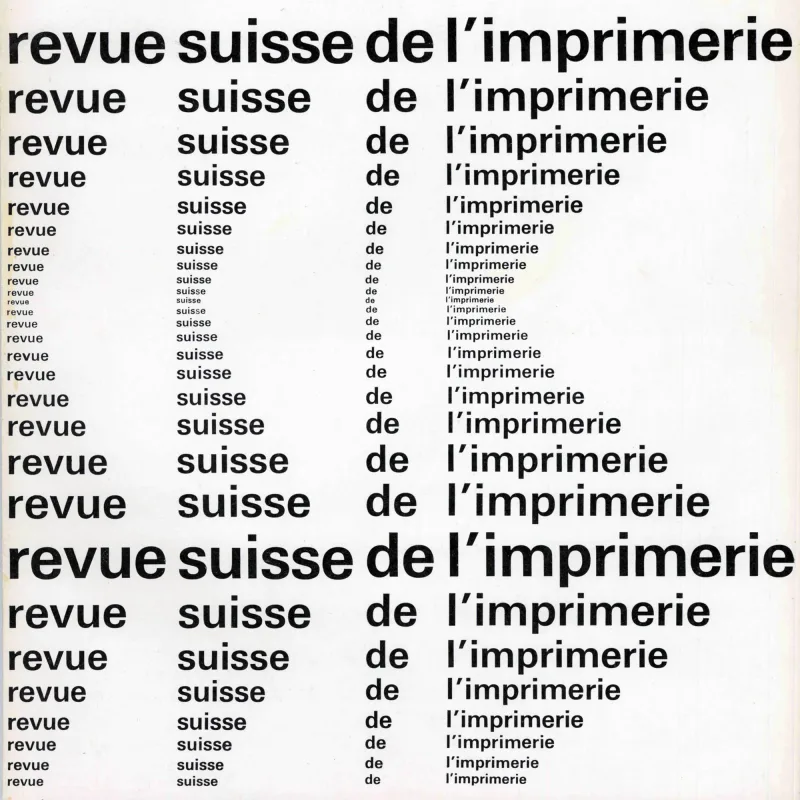Both Bahia Shehab and Haytham Nawar are scholars, educators, and practicing artists and designers. Bahia is also an art historian and the founder of the Graphic Design program at The American University in Cairo. Haytham taught design internationally before joining Bahia at the American University in Cairo. Both educators have a keen interest in multiscriptual design, Arabic type design, and graphic design and recently released A History of Arab Graphic Design. I contacted Bahia and Haythem to find out more.
In my knowledge, this is the first book I have seen that covers the entire century of Arab Graphic Design. What was the motivation to start the book, did the book start as a personal research project?
To begin with, this book is part of the graphic design program curriculum designed by my colleague Bahia Shehab and taught at the American University in Cairo. Personally, while teaching internationally, many occasions triggered the need to write such a book. It came to my attention that the globally created design work is not well represented in the world design history books. When I came back to Egypt and met with Bahia, we decided to collaborate on this big project.

What was your research methodology when creating the content?, how did you conduct the research into the history?
Our research process was a long and diverse one. It required more than three years of hard work to finish the book. We have planned on finishing earlier but the amount and diversity of content that we gathered were more than we expected. We are grateful for the international help that we received from individuals and organizations but we also faced a number of obstacles. This book is actually a collective work that came to light thanks to the enthusiasm and hard work that was put along the process by many contributors. The American University in Cairo was our financial supporter in the form of a research grant, in addition to the great resources that are available in the library. The living artists themselves (and the deceased artist’s families) helped us by sharing their personal archives. Additionally, we reached out to people via emails and commissioned students and young professionals to help us collect information, visit archives, and conduct interviews in many countries.

Did you find any differentiations between the history of graphic design between different countries, and how does culture influence the work of the designers?
Finding material was not equal in every country: forty out of the around eighty designers in the book are from Egypt, which speaks to the scale and weight of Egypt as it has historically been a cultural center. Lebanon, Syria, and Iraq all had thriving intellectual, social and political realities. However, some countries were very difficult to access, sometimes due to the lack of institutional and governmental attention and support. We have low representation from countries like Libya, Algeria, and Yemen due to the difficulty of travel to these countries and no representation from the Arabian Gulf, especially that we decided to stop our documentation in the early 2000s. Generally, in the Arab world, design is very tied to socio-political events and the geo-political situation.
What do you want readers/researchers to take away from the book?
This book is mainly targeting students of art and design, emerging designers and artists, art and design historians, and anyone interested in the history of visual culture in the Arab world. We hope that the book will serve as an educational tool for our students and for the coming generations to learn about the richness of their heritage and history. We would also like it to inspire scholars from different regions to contribute to rewriting the global history that has been Western and Euro-centric for so long. Furthermore, we would like for the general public to realise the importance of design and acknowledge the link it has with cultural heritage.
Are there future plans for the book and further publications?
This book is only the starting point and, in a future edition, we hope to include more material. We have a lot of material that we had to exclude such as design by Arab designers who utilize the Latin script only in their work, and other material that we would like to discover such as work by more female artists and designers. We are also working towards publishing another edition in Arabic, which is a necessary step to share our work within the region.
“An overdue Arab design history book . . . an essential new textbook for students and graphic designers from East and West.”—Steven Heller, Print magazine












